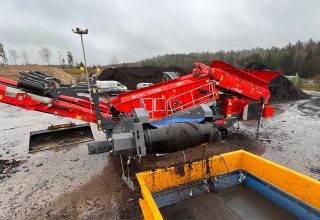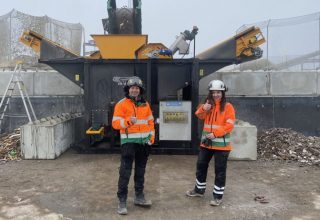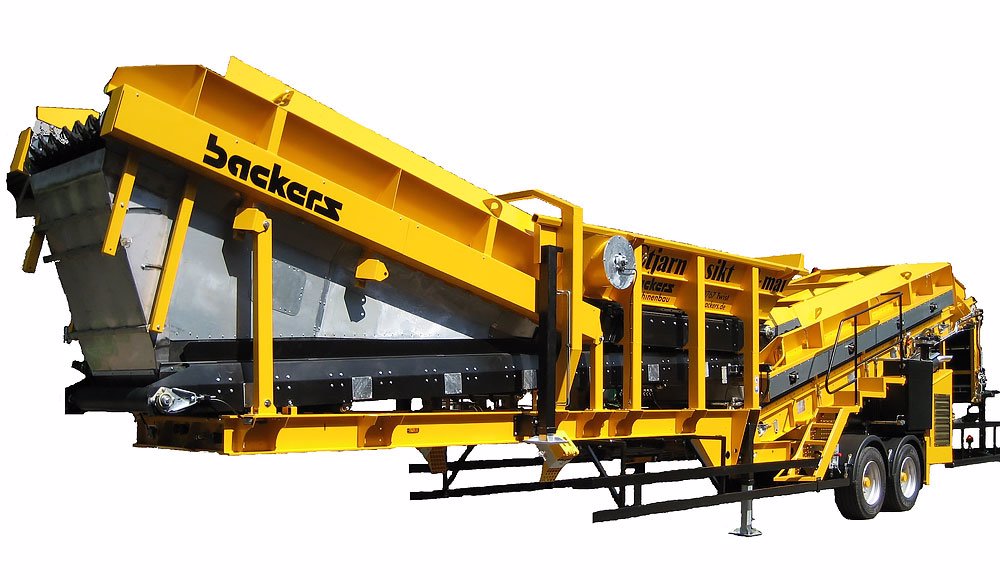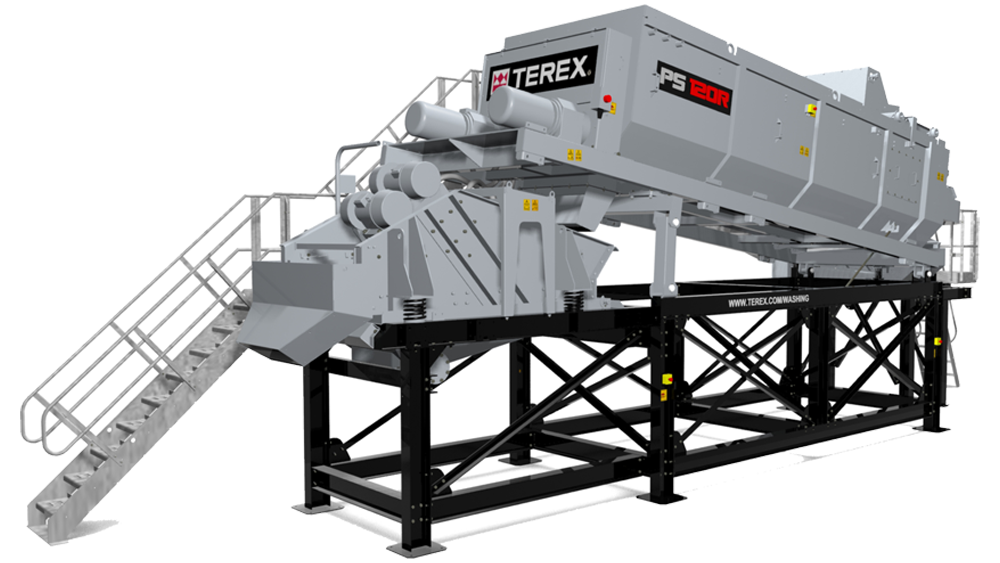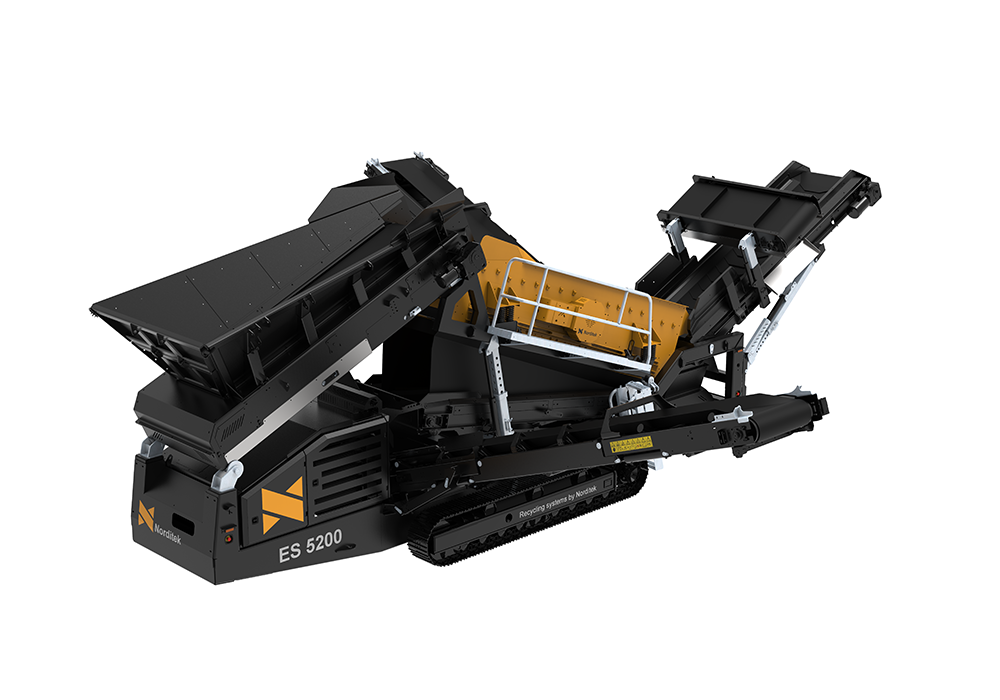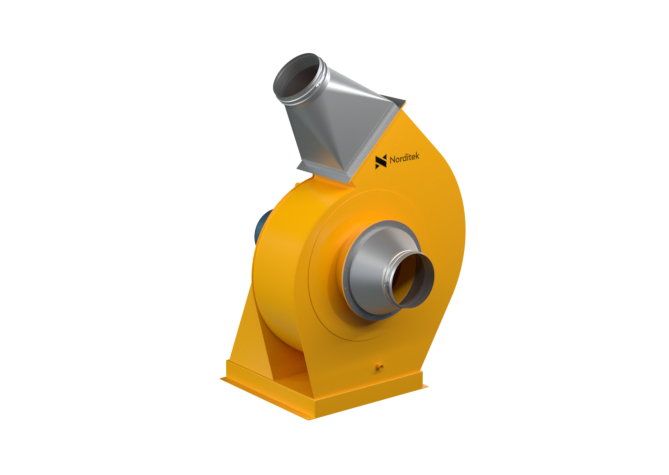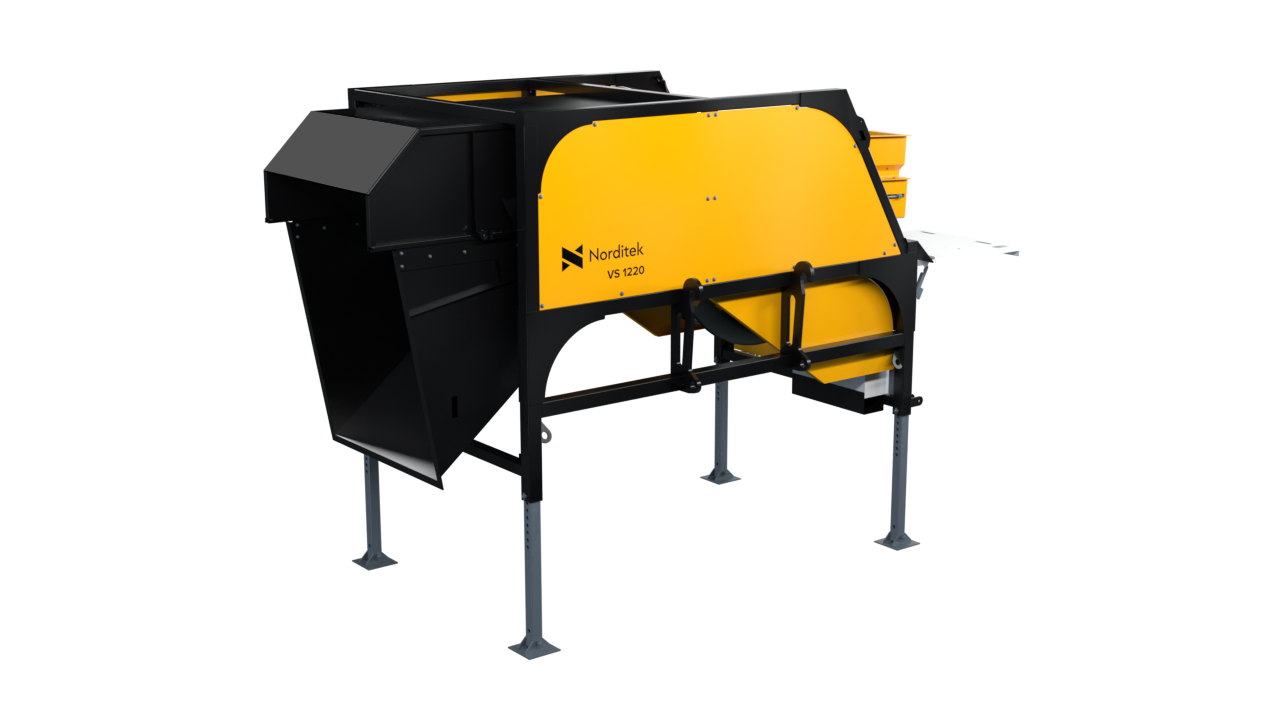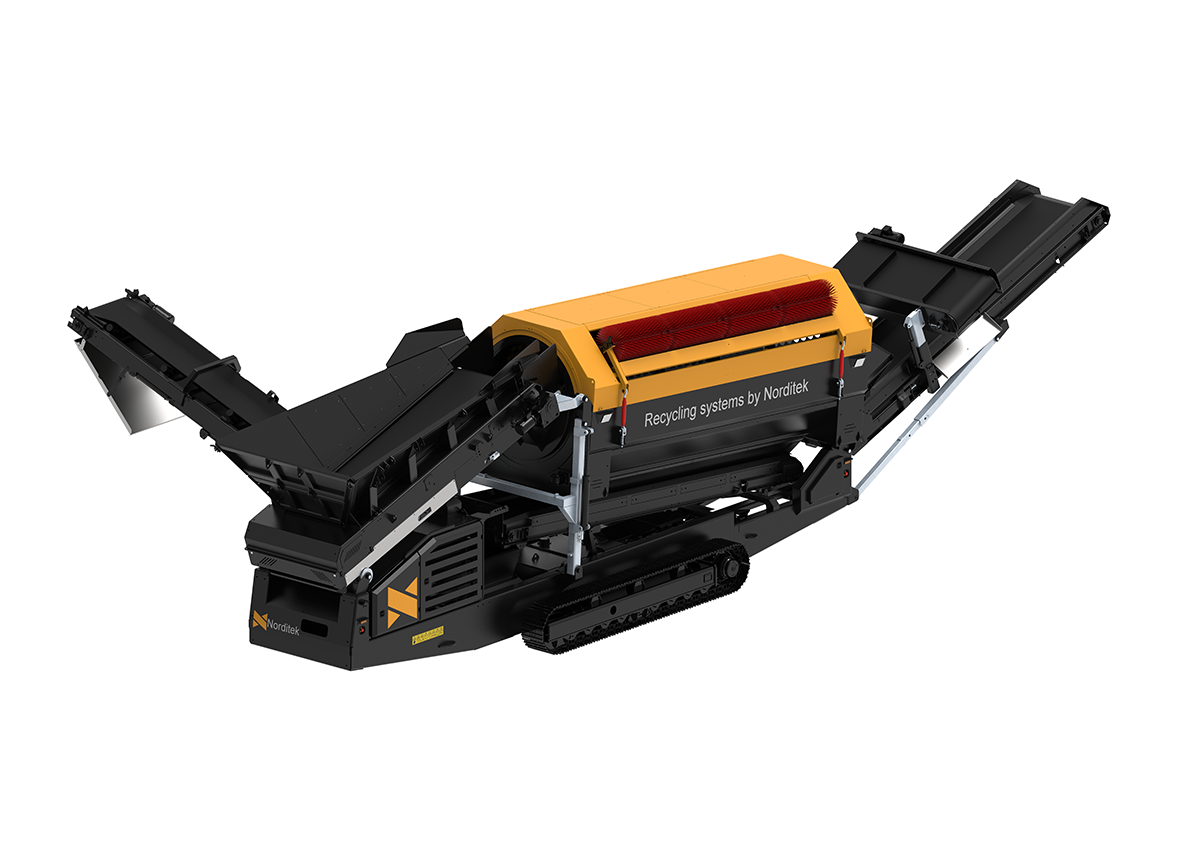Stora fördelar med att återvinna jordar
There are now well-developed methods for obtaining the required products. Depending on the content, the right method is used to ensure recycling and transform a waste or filler material into marketable products and/or fractions.
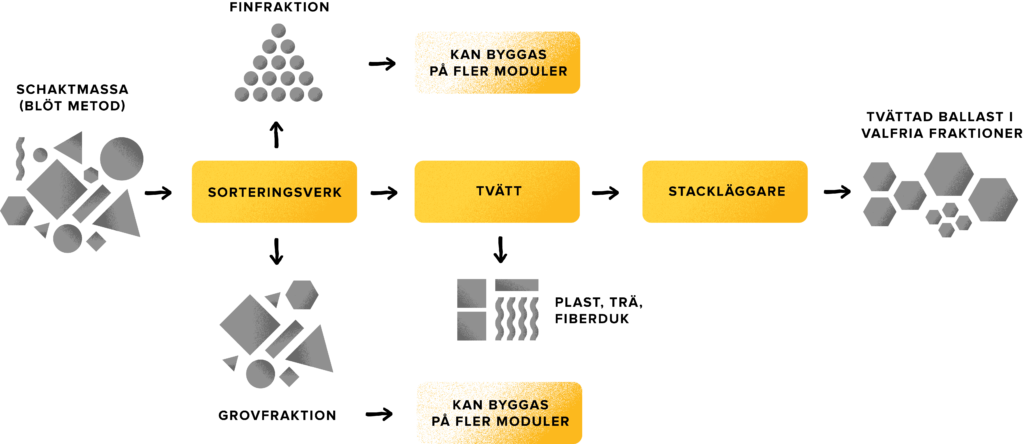
Different methods for different soils
Today, large amounts of soil from industrial establishments, soil remediation, road construction, etc. are deposited in landfills. Here are some suggestions for handling depending on the type of soil
- Blandade jordar med mycket fukthalt – Möjlig lösning är att sortera på storlek med stjärnsikt gör att matjord kan återanvändas på plats eller säljas.
- Förorenade jordar – Möjlig lösning är att sortera bort finfraktion där ofta föroreningar sitter och blåsa ut organiskt som ofta absorberar föroreningar.
- För mycket stor sten för att användas som jord – Möjlig lösning är att dela in stenen i flera fraktioner såsom makadam, bärlager, sand med mera. Dessa fraktioner kan sedan användas som ersättning för jungfruligt material
- Plastföroreningar i jorden – Separera plastpartiklar från kompostjord genom att addera en luftsug
Recycling topsoil and compost soil
Soils are recycled for use as topsoil and compost soil. Depending on the content of the soil, there are different methods to ensure recycling and convert a waste into marketable products.
For example, soils can be recycled from excavated material, thus avoiding the removal of material that can be reused on site. By recycling materials, new soil does not have to be dug up and transported by heavy traffic to the site. This means major economic benefits for landowners in terms of reduced transportation, reduced purchases and reduced landfill costs. It also means major environmental benefits in the form of reduced traffic and reuse of existing masses.
Recycling with an air extractor
Compost soil containing smaller plastic particles can be harmful to nature to reuse without separating the plastics from the soil. By using an air vacuum, it is possible to remove the plastic waste.
Jordar som innehåller andra typer av föroreningar kan hanteras och återvinnas genom kunskap om rätt teknik och metod.
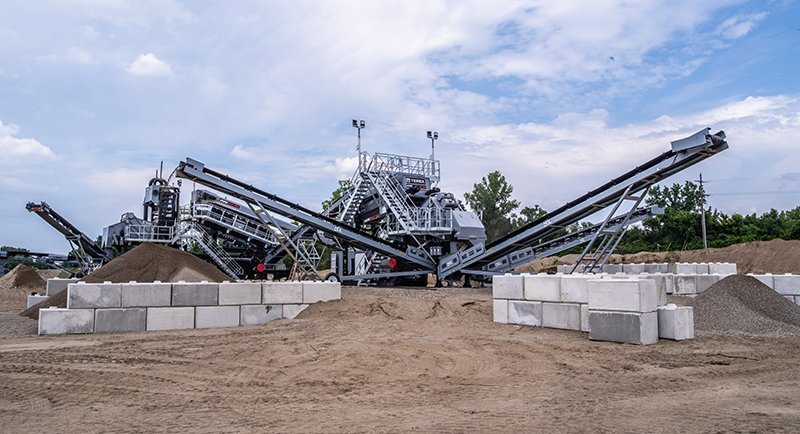
Analyze the soil first
If the soil is contaminated, it is often possible to enrich the contamination so that only a small part needs to be landfilled or destroyed.
The analysis is simply important to determine what can be recovered and what requires other measures. Some contaminants can cause damage and pollution in the area.
Washing equipment for soils
Effective recycling of soils from excavated soil can contribute to better resource management. There are currently rules that determine whether or not excavated soil should be regarded as waste. Earthworks that are not considered waste are recycled through the general environmental requirements of the Environmental Code, while earthworks that are considered waste must be examined by an authority.
There is also the option of transporting the mass to a more advanced treatment facility, where analyses are carried out to maximize recovery and detoxification. The material that cannot be recycled or detoxified finally ends up in a controlled landfill. Norditek's experience is that with the right methods and machinery, it is possible to further reduce landfill.
Sorting soils with Norditek
Recycling of soils and excavated material saves the environment and reduces costs. Even if the masses contain environmentally harmful substances, it is often possible to recycle large parts of the soil and excavated material, thus reducing the use of virgin products, which is a positive environmental aspect.
We have well-developed methods to optimize the recycling and handling of excavated material and topsoil. We are more than happy to help you find the right machine or concept depending on your local conditions.


